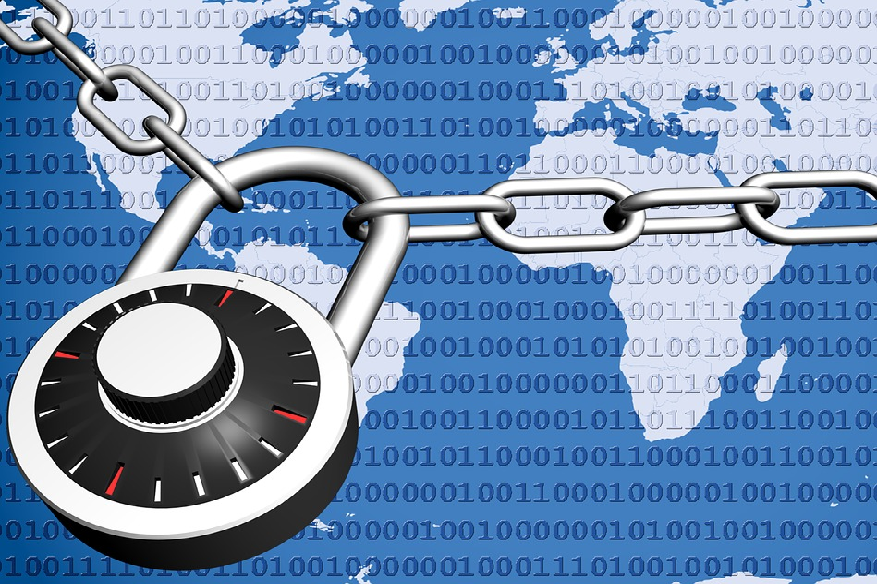Edge Computing has an Edge Over Others

A lot of computer geeks believe that cloud computing is going to take a back seat and give way to edge computing. Very soon we are going to see processing taking place at the device level.
The Need for Speed
Edge computing is going to change the way networks will work in the future. It is going to streamline traffic and provide you with real-time analysis.
It may sound crazy, but these findings are based on sound analysis. In the coming days, results and data will have to be fast. For example, drones, robots, autonomous cars will need high processors, data sent to the cloud and returning with the answer will be simply too slow.
Edge computing is the best possible solution because it allows data to be processed closer to the device where it is sourced rather than routing it all the way to the cloud. This way organizations will get the outcome faster, and they can make quick and real-time analysis and accordingly amend them to the organization’s need. This includes healthcare, manufacturing, financial, telecom, and others.
Helder Antunes, senior director of corporate strategic innovation at Cisco, said: “In most scenarios, the presumption that everything will be in the cloud with a strong and stable fat pipe between the cloud and the edge device – that’s just not realistic.”
What exactly is edge computing?
Edge computing is a “mesh network of microdata centers that process or store critical data locally and push all received data to a central data center or cloud storage repository, in a footprint of less than 100 square feet,” according to research firm IDC.
According
Edge computing is a distributed network in which the client data are processed and stored locally, near the source. This hardly requires big spaces but can be accomplished in a less than 100 square feet of the place. The process is said to be implemented by an intelligent device or sent through an intermediary server in close proximity.
This is done by IoT devices that collect the data and process it locally in a small form factor. Data is processed at the edge, and then saved and stored in a corporate data center. In short, edge computing sends the data through an intelligent device, thus reducing the amount of traffic on your network.
Why does edge computing have an edge over other methods?
Because edge is ideal in every manner. One need not have to worry about poor network connectivity and be online throughout and be connected to the centralized cloud system.
Secondly, the speed at which the information is processed is what one looks at in this era. Edge has the edge over others when it sends the data over network and data center or to a centralized-cloud system. This comes handy when every millisecond counts, such as in the manufacturing and financing industries.
Take for example a huge fishery unit with thousands of sensors churning out tons of data Here’s an example of an edge computing deployment: An oil rig in the ocean that has thousands of sensors producing large amounts of data, most of which could be of no use; perhaps this data is a way to ensure that everything is in order and working.
So edge computing will compile all the relevant data and send it over the network, while the rest of the data can be sent to the central data center for future reference. This way the traversing of the data is reduced over the network.
How about Security on Edge?
Well, since Edge computing is all about processing data in the proximity of its source, edge again has an edge over others, because none of the data are traveling over the network nor are they stored in the cloud. So it is not as vulnerable as many would anticipate.
On the other hand, some believe that Edge is not secure because the devices used itself can fall prey to attacks. The need to employ data encryption, VPN is paramount.